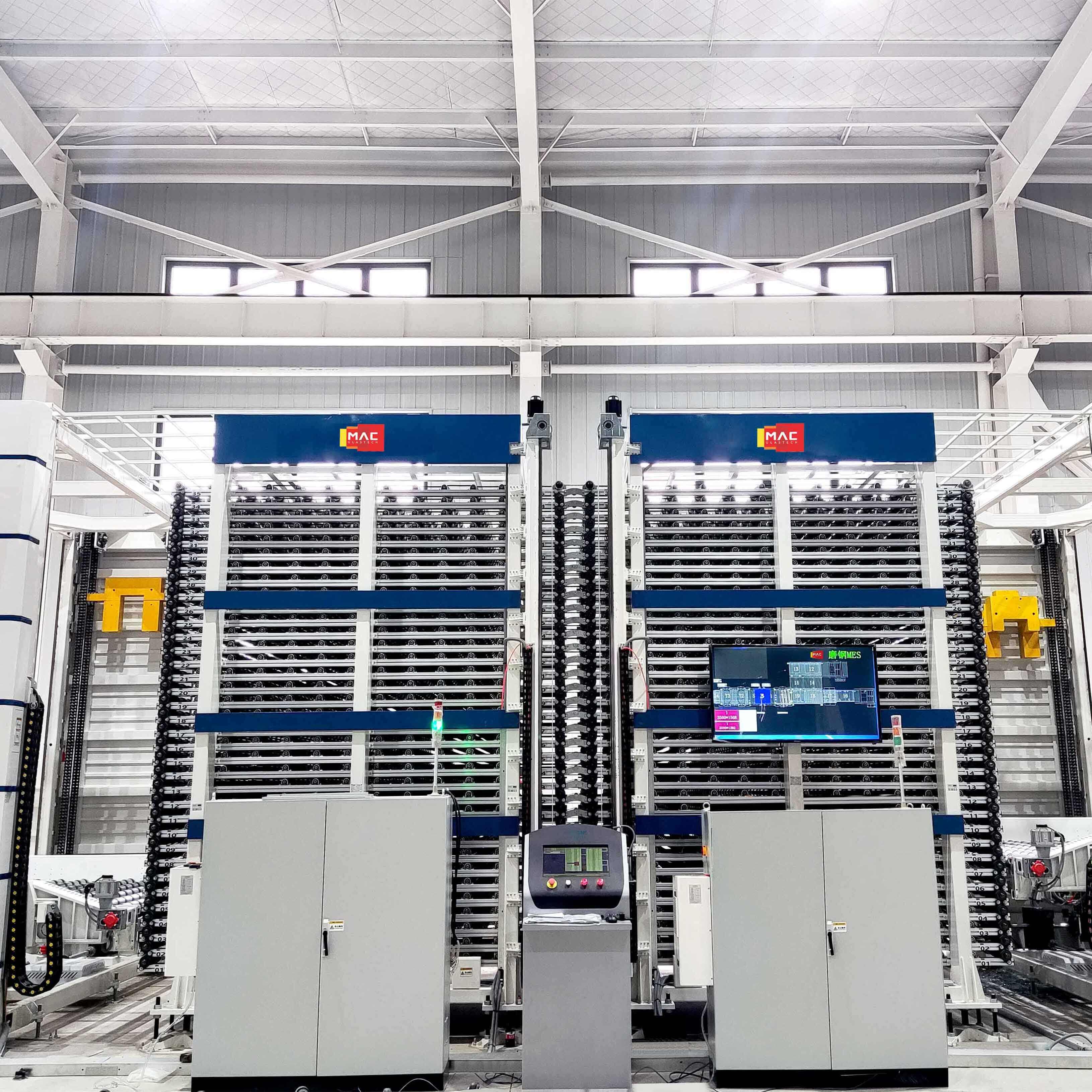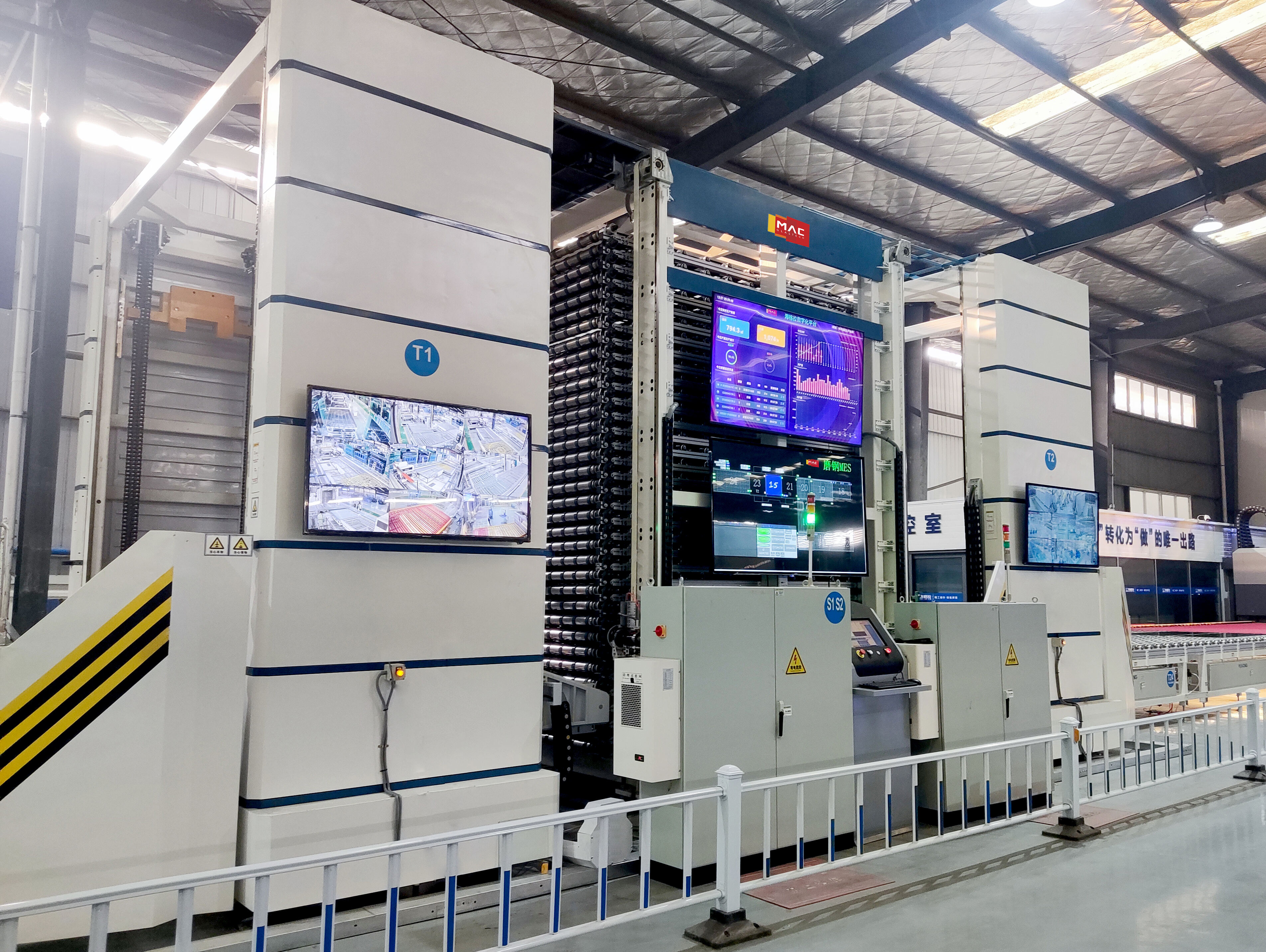Revolutionizing Glass Recycling Through Advanced Automation
The glass recycling industry is undergoing a remarkable transformation with the integration of automated glass sorting systems. These sophisticated technologies are reshaping how recycling facilities process and recover glass materials, leading to unprecedented efficiency and quality improvements. As sustainability becomes increasingly critical in our modern world, automated glass sorting systems represent a significant leap forward in recycling technology.
Modern recycling facilities face growing pressure to process higher volumes of material while maintaining strict quality standards. The automated glass sorting system has emerged as a game-changing solution, combining advanced optical recognition, machine learning, and precise mechanical separation to revolutionize glass recycling operations.
Core Components of Modern Glass Sorting Technology
Advanced Optical Recognition Systems
At the heart of an automated glass sorting system lies sophisticated optical recognition technology. Using high-resolution cameras and specialized sensors, these systems can instantly identify different types of glass based on color, transparency, and chemical composition. The technology employs multiple wavelengths of light to detect subtle variations in glass properties, ensuring accurate classification even with challenging materials.
The optical systems operate at remarkable speeds, processing thousands of pieces per minute while maintaining exceptional accuracy. This level of precision would be impossible to achieve through manual sorting methods, making automated glass sorting systems indispensable for large-scale recycling operations.
Artificial Intelligence and Machine Learning Integration
Modern automated glass sorting systems leverage powerful artificial intelligence algorithms to continuously improve their sorting accuracy. These systems learn from each sorting operation, building comprehensive databases of glass characteristics that enhance future performance. The machine learning capabilities enable the system to adapt to new glass types and evolving recycling requirements.
The AI-driven approach allows for real-time adjustments in sorting parameters, ensuring optimal performance even when processing varying input streams. This adaptive capability makes automated glass sorting systems particularly valuable in facilities handling diverse waste streams.
Operational Advantages and Efficiency Gains
Enhanced Processing Speed and Throughput
The implementation of an automated glass sorting system dramatically increases processing capacity compared to traditional sorting methods. These systems can operate continuously, maintaining consistent performance levels throughout extended production runs. The high-speed processing capabilities enable recycling facilities to handle larger volumes of material while reducing operational bottlenecks.
Facilities utilizing automated glass sorting systems typically report throughput improvements of 200-300% compared to manual sorting operations. This increased capacity allows recycling centers to accept more material and expand their service coverage, creating new revenue opportunities.
Superior Quality Control and Purity Levels
Quality control reaches new heights with automated glass sorting systems. The technology consistently achieves purity levels exceeding 98%, meeting the strict requirements of glass manufacturers and other end-users. This high-quality output translates to better market prices for sorted materials and expanded opportunities in premium recycling markets.
The systems can detect and remove contaminants that might be missed by human sorters, including ceramics, stones, and non-recyclable materials. This precise contamination control ensures the final product meets the highest industry standards.

Environmental and Economic Impact
Sustainability Benefits
The environmental advantages of implementing an automated glass sorting system are substantial. By improving recycling efficiency and material recovery rates, these systems help reduce the volume of glass waste sent to landfills. The technology enables the recycling of previously challenging materials, contributing to circular economy objectives.
The improved sorting accuracy also reduces energy consumption in glass remanufacturing processes, as properly sorted glass requires less energy to melt and reform. This energy efficiency translates to a smaller carbon footprint for the entire glass recycling chain.
Long-term Cost Benefits
While the initial investment in an automated glass sorting system may be significant, the long-term financial benefits are compelling. Reduced labor costs, increased throughput, and higher-quality output contribute to a strong return on investment. Many facilities recover their initial investment within two to three years through operational savings and increased revenue.
The systems also help minimize maintenance and replacement costs associated with downstream processing equipment by ensuring cleaner, better-sorted material streams. This protection of auxiliary equipment adds another layer of economic benefit to the implementation.
Future Developments and Industry Trends
Emerging Technologies and Innovations
The field of automated glass sorting continues to evolve with new technological advancements. Next-generation systems are incorporating advanced features such as hyperspectral imaging and quantum dot technology for even more precise material identification. These innovations promise to further improve sorting accuracy and processing speeds.
Research and development efforts are focused on expanding the capabilities of automated glass sorting systems to handle increasingly complex materials and achieve even higher purity levels. The integration of cloud computing and IoT connectivity is enabling better system monitoring and predictive maintenance capabilities.
Market Growth and Industry Adoption
The global market for automated glass sorting systems is experiencing rapid growth as more recycling facilities recognize the technology's benefits. Industry analysts project continued expansion in system installations, particularly in regions with strong environmental regulations and recycling mandates.
As technology costs decrease and system capabilities improve, smaller recycling operations are increasingly able to justify the investment in automation. This broader adoption is driving further innovation and competition among system manufacturers.
Frequently Asked Questions
How does an automated glass sorting system handle mixed-color glass?
Automated glass sorting systems use advanced optical sensors and specialized software to identify and separate different colored glass simultaneously. The technology can distinguish between clear, green, amber, and other glass colors with high accuracy, enabling efficient processing of mixed-color streams.
What maintenance requirements are associated with automated glass sorting systems?
Regular maintenance typically includes cleaning optical sensors, calibrating sorting mechanisms, and updating software systems. While professional servicing is recommended periodically, modern systems are designed for reliability and include self-diagnostic capabilities to minimize downtime.
Can automated glass sorting systems process other materials besides glass?
While primarily designed for glass sorting, many modern systems can be configured to identify and separate other materials such as plastics and metals. This versatility adds value for facilities handling multiple waste streams, though optimal performance is achieved when focusing on glass sorting applications.
 EN
EN
 AR
AR
 BG
BG
 HR
HR
 CS
CS
 DA
DA
 NL
NL
 FI
FI
 FR
FR
 DE
DE
 EL
EL
 HI
HI
 IT
IT
 JA
JA
 KO
KO
 PL
PL
 PT
PT
 RO
RO
 RU
RU
 ES
ES
 SV
SV
 TL
TL
 IW
IW
 LV
LV
 LT
LT
 SK
SK
 SL
SL
 UK
UK
 VI
VI
 ET
ET
 HU
HU
 MT
MT
 TH
TH
 TR
TR
 FA
FA
 MS
MS
 SW
SW
 GA
GA
 AZ
AZ
